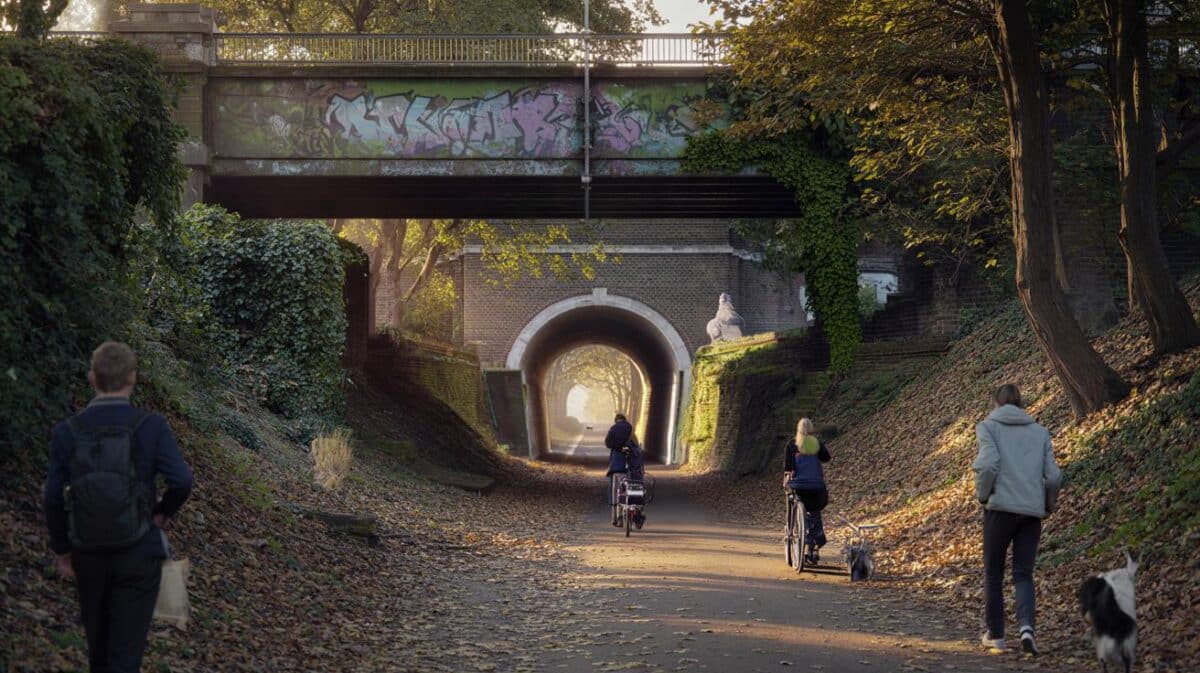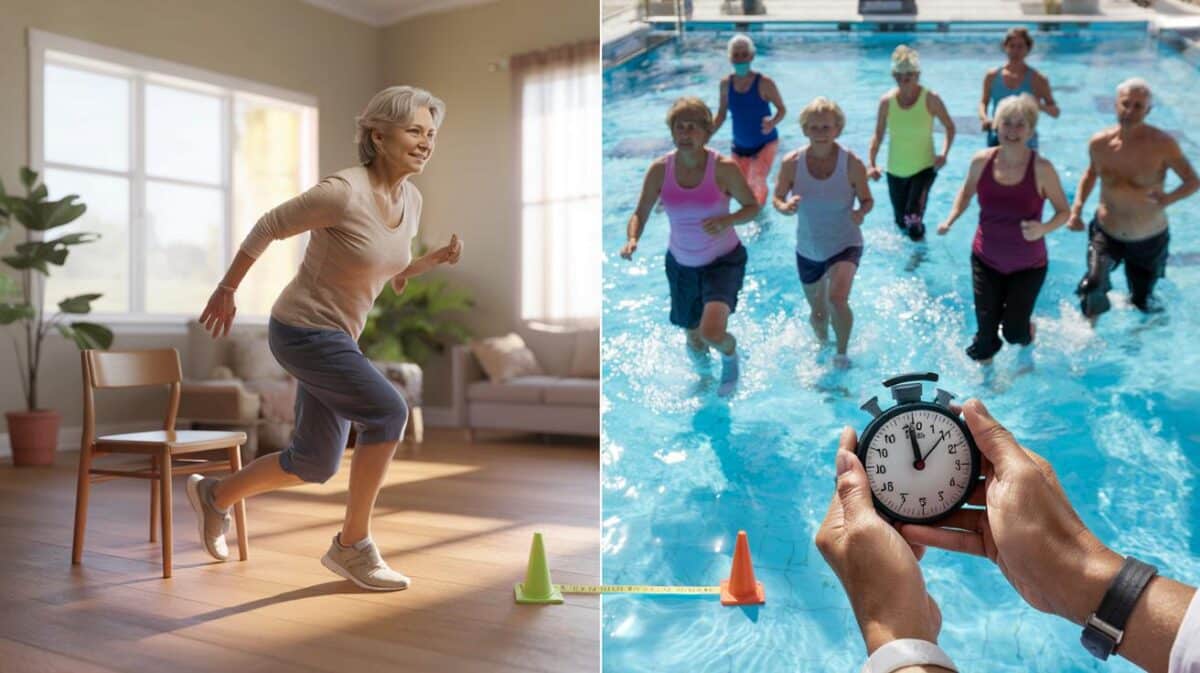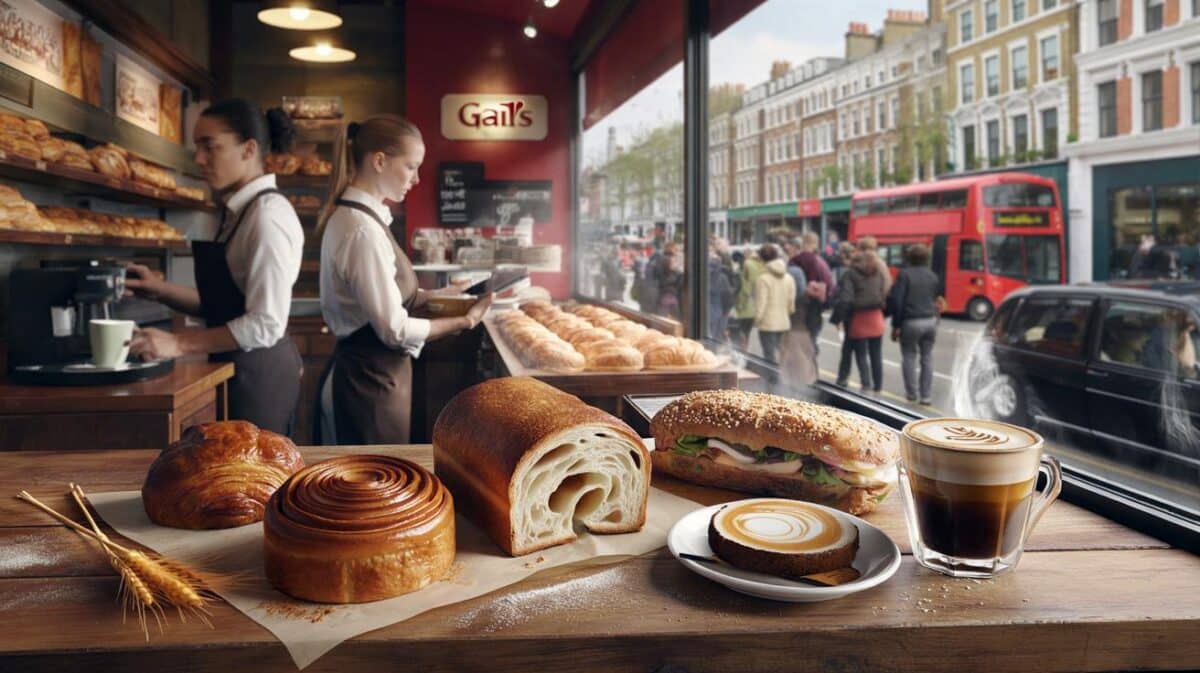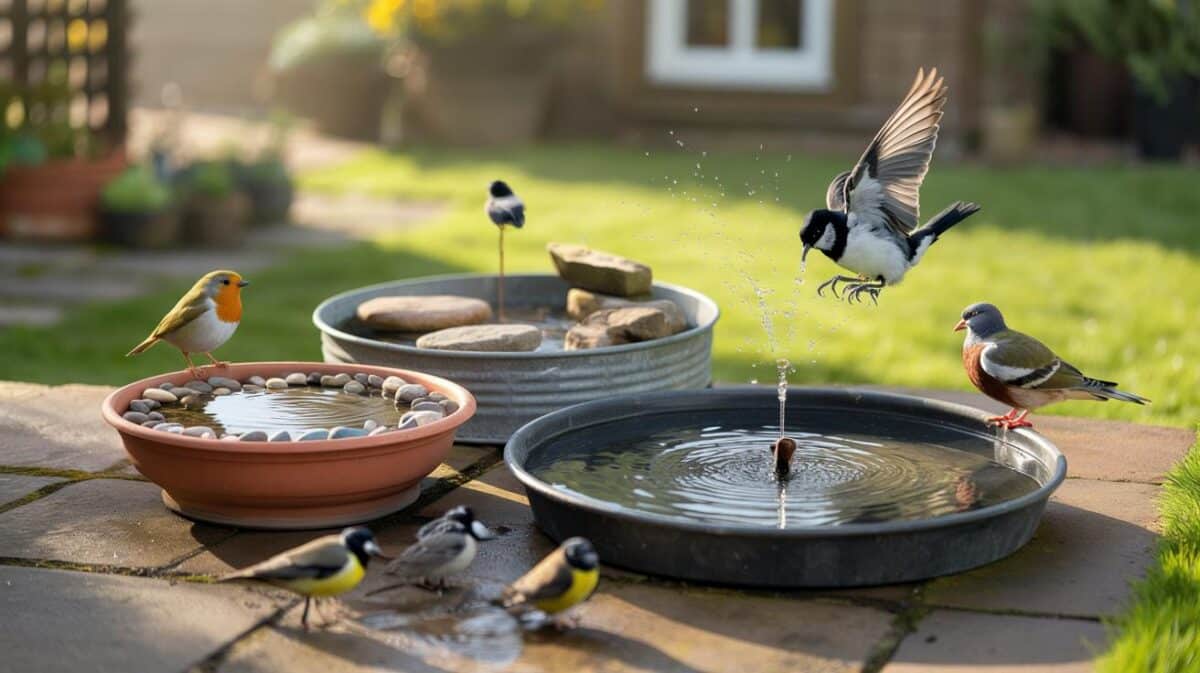Between a mountain skyline and Wales’ largest natural lake, a Victorian mansion is rewriting what a rural escape can feel like.
On the shores of Llyn Tegid in Bala, a grand old house with 18 bedrooms has joined a very select club, putting a little-known town on the map for serious travellers.
A small town with a big new accolade
Palé Hall, set near Bala at the edge of Eryri National Park (Snowdonia), has been awarded a MICHELIN Key, the hotel distinction launched to recognise outstanding stays. The recognition arrives alongside a broader selection for Great Britain and Ireland: 14 hotels with Three Keys, 43 with Two Keys and 82 with One Key, including 19 new entries for 2025. Wales sees three One Key winners: Palé Hall in Llandderfel, Penmaenuchaf in Dolgellau, and Grove of Narberth in Pembrokeshire.
The MICHELIN Key puts Palé Hall among a hand-picked group where architecture, design, service consistency, value and local contribution are judged by independent inspectors.
The list runs to more than 7,000 hotels worldwide, yet the Key is reserved for a minority. That context explains the excitement in Bala, a town more often associated with white-water rapids and heritage railways than with high-end hospitality.
Inside the mansion: heritage meets modern intent
Palé Hall’s story reaches back to a 15th-century house, with the current pile built in 1871 for the railway engineer Henry Robertson and designed by Samuel Pountney Smith. The mansion doubles down on elegance: honey-toned stone outside; panelled rooms, chandeliers and sweeping staircases within. History runs through its corridors. Queen Victoria slept here in 1889; the wartime leader Winston Churchill retreated here in the 1950s. In the First World War, the hall served as a convalescent hospital; in the Second, it sheltered evacuated children.
Today, the independent owners, Anthony and Donna Cooper‑Barney, have plans to match the setting. They took over in 2024 and have already set aside £200,000 for curated Welsh art spaces, with a spa and a second restaurant on the horizon. More bedrooms may follow.
£200,000 invested in new Welsh art galleries, with a spa and extra dining under active consideration by the owners.
Suites vary in style and detail. Some carry stained-glass roof lights and antique beds; others favour sleek bathrooms with statement tubs. The Churchill suite adds drama with vaulted ceilings and a hidden door to a marble bathroom. Dogs are welcome in specific rooms, which matters for many families heading into the hills.
On the plate: ambition under chandeliers
The Henry Robertson Dining Room stages the culinary offering, a setting of marble fireplaces and ornate ceilings. The kitchen holds three AA rosettes and a Michelin Green Star, signalling sustainability alongside craft. Dishes lean into British and Welsh produce. A pulled pork croquette with sharp apple has appeared as a starter; butter-roasted chicken with jumbo white beans and grain mustard has featured as a main. Afternoon tea stays classic yet polished, with finger sandwiches, warm scones and patisserie, served with tea or a glass of fizz.
Three AA rosettes and a Michelin Green Star point to refined cooking and credible sustainability credentials.
Fast facts for readers
- 18 rooms and suites, including heritage spaces tied to Victoria and Churchill.
- One MICHELIN Key in 2025; Wales has three One Key hotels in total.
- Owner investment: £200,000 on Welsh art galleries; spa and second restaurant planned.
- Setting: on the edge of Eryri (Snowdonia), overlooking Llyn Tegid’s broader landscape.
- Dog-friendly room options available; check policies when booking.
Why the Key matters beyond one postcode
The MICHELIN Key offers a common language for travellers comparing stays across borders. Unlike stars for restaurants, the Key reviews hotels on five pillars: design, character, service consistency, value and local impact. For a rural mansion in North Wales, this provides international reach without losing a sense of place. It also nudges regional tourism towards higher standards while rewarding properties that engage with local culture and suppliers.
| Distinction | Number of hotels | New for 2025 |
|---|---|---|
| Three Keys | 14 | — |
| Two Keys | 43 | — |
| One Key | 82 | 19 |
Bala today: lake life, legends and locomotives
For visitors, the hotel acts as a base for an old market town with a layered past. Bala was founded by Royal Charter around 1310 and later became a centre for flannel, stockings and gloves. It now attracts walkers, swimmers and families drawn to Llyn Tegid and its surrounding hills. The Mary Jones Pilgrim Centre recounts a 26-mile trek by a 15-year-old in 1800 to obtain a Welsh-language Bible, a journey that helped spark the British and Foreign Bible Society.
Heritage runs on rails, too. The Bala Lake Railway threads along the southern shore on a narrow-gauge line once tied to slate. The route from Llanuwchllyn to Bala delivers an hour of views across water and to the peaks of Arenig Fawr, Aran Benllyn and Aran Fawddwy. Local volunteers revived the line after closures in the 1960s, keeping vintage locomotives in use.
Adventure on tap
The National White Water Centre sits close by on the River Tryweryn. Water released from a dam creates consistent rapids, graded around three to four, suitable for guided rafting and kayak sessions with qualified leaders. Swimmers eye the Big Bala Swim each year, with routes of 4.5km and 9km across the lake. Easier options include marked lakeside paths and family-friendly town trails. For hill days, the quieter Berwyn Mountains lie to the east, while the higher Eryri tops rise to the west.
Llyn Tegid invites strong swimmers and cautious dippers alike, but treat cold water and shifting weather with respect.
Where the town feeds you after the hills
Independent pubs and cafés cluster near the high street. Plas Coch, a former coaching inn from the 18th century, offers Welsh dishes built on local produce. The White Lion Royal Hotel Restaurant delivers fireside comfort and cask ales. Accommodation spans B&Bs, guest houses and self-catering cottages across the valley, giving options beyond Palé Hall’s elevated setting.
What this means for your getaway
For travellers, a Key award in a small town changes the shape of a weekend. Bookings may tighten because Palé Hall runs with 18 rooms, so lead time helps, especially in school holidays or peak walking seasons. If the planned spa and second restaurant open, short breaks turn into fuller stays, with fewer reasons to drive out for dinner or treatments.
- Check cancellation terms early; small properties have firmer policies in busy periods.
- Ask about dog-friendly rooms, as availability varies by suite.
- Build a timetable around water releases at the White Water Centre to secure rafting slots.
- Carry layers for lake weather; wind chill on the shore and passes can surprise even in summer.
Context and practical pointers
The MICHELIN Key does not rate room size or luxury alone. It assesses whether a hotel feels coherent, consistently run and part of its community. For Palé Hall, that translates into heritage carefully maintained, service with personality and a kitchen that looks close to home for ingredients. The art investment signals a push to deepen ties with Welsh makers and stories.
Cold-water swimming brings health gains for some, yet risks also rise with temperature, fatigue and currents. Wear a brightly coloured cap and use a tow float for visibility. Enter gradually and keep sessions short in winter. For rafting, listen to your guide, tighten your buoyancy aid properly and rehearse a self-rescue before you set off. Families can pick gentler lake activities or the heritage railway on blustery days to keep spirits high without overreaching.
If you want to combine fine dining with active days, aim for a two-night stay: arrive for afternoon tea, take the railway and a lake walk, then tackle rapids or a Berwyn ridge on day two before dinner under chandeliers. The town’s compact scale means you spend time on experiences rather than on long transfers. And if rooms at Palé Hall have gone, Dolgellau, Corwen and the surrounding villages carry spare keys of their own, with miles of trailheads within a short drive.








One MICHELIN Key sounds nice, but does it actually change the guest experience vs. a well-run 4‑star? With just 18 rooms, availability will be tight and prices will definitley creep up—scarcitiy marketing vibes. The £200k for art is cool, yet a spa still “planned” feels like selling the future. Any transparency on rates before/after the Key, and on how the Green Star translates to real local sourcing and staff pay? Convince me it’s substance, not polish.